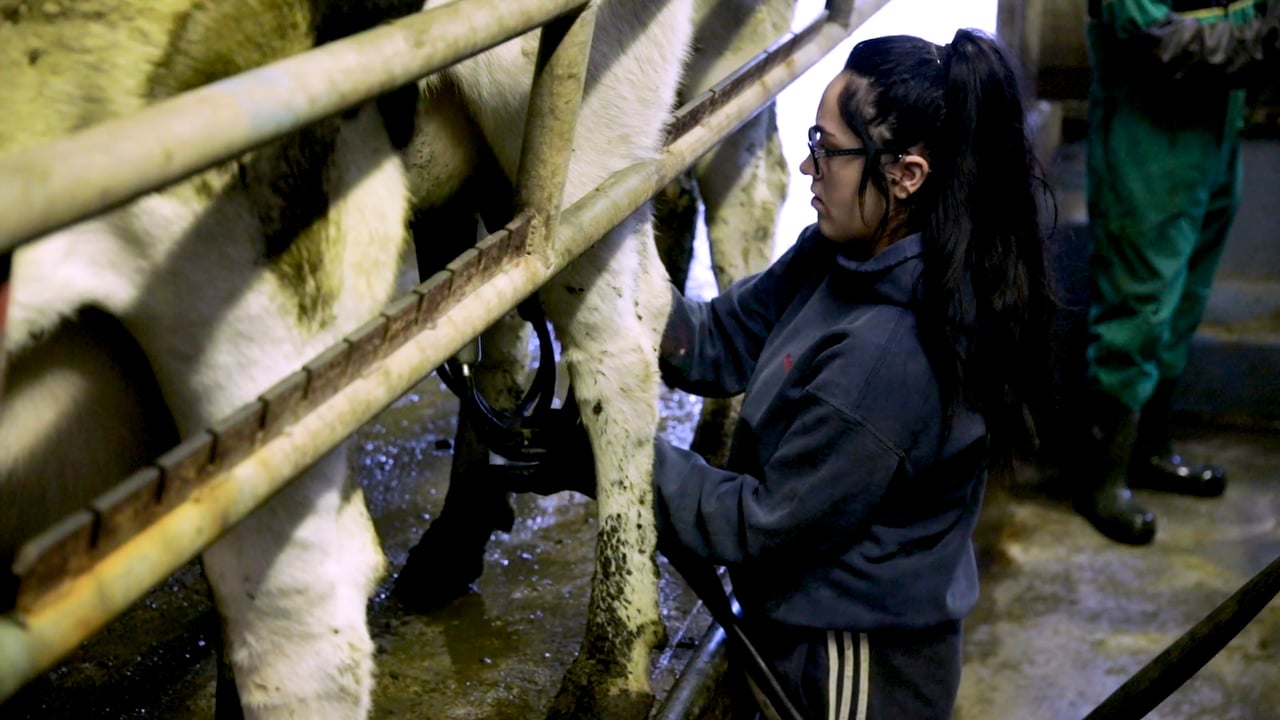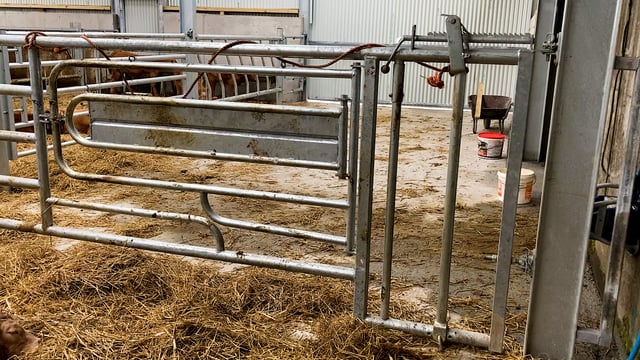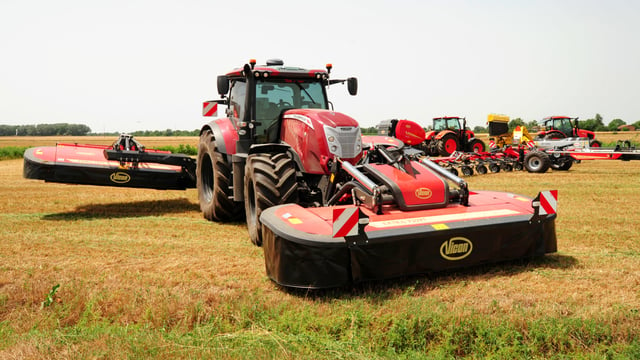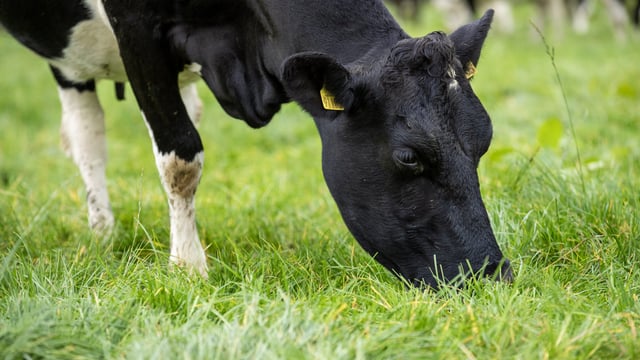Preparation for drying off autumn-calving cows
Preparation for drying off autumn-calving cows has started on many herds across the country.
The drying-off process signals of the end of one lactation and the beginning of the next one.
Giving cows a dry period is important for a number of reasons, including that:
Cows should be dried off based on their calving date and body condition score (BCS), so it is important that calving dates are monitored. Cows that are in a BCS that is too low should be dried off earlier as this will allow them to build up body condition ahead of breeding.
This year's autumn-calving herds will be the first to deal with the new antibiotic regulations at drying off.
This will mean that selective dry cow therapy (SDCT) will likely have to be used on these farms and for many, it may be their first experience with SDCT.
And with SDCT now being used on farms, hygiene at drying off has become increasingly more important.
Antibiotics have acted as a safety net for bad practice at drying off in the past, but this is no longer a fallback.
Research has indicated that 50% of all clinical mastitis cases that occur in the first 100 days of the next lactation, can be attributed to the drying off process.
So with that in mind, farmers must be diligent to dry-cows to a high standard.
To achieve the best results from the drying off process, and to avoid mastitis issues in early lactation, here are some tips:
Drying off is also good time to treat cows for parasites such as stomach worms or liver fluke.
Before treating cows for parasites it is important to firstly determine that a treatment is required for the cows. Treating cows that do not have an parasite issue is not recommended.
Dung samples should be taken to determine if there is an issue within the herd.





